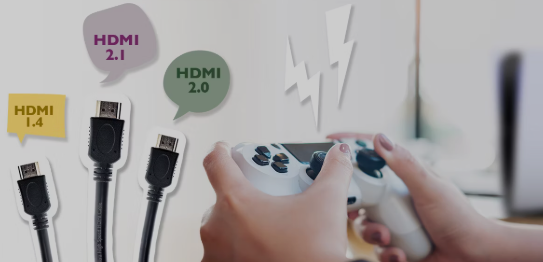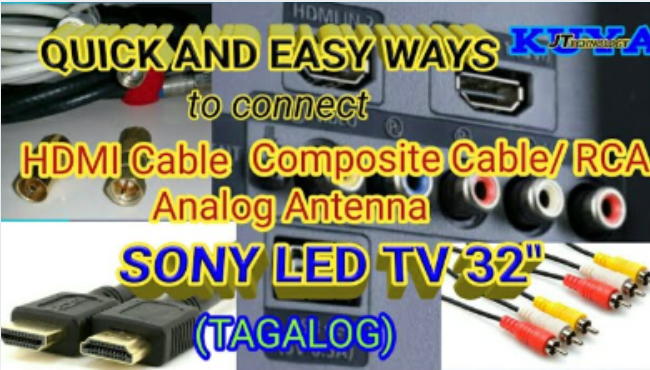If you own an LED TV, you need the right HDMI cable to ensure the best picture and sound quality. HDMI (High-Definition Multimedia Interface) cables are essential for transmitting high-definition video and audio signals between your TV and devices like gaming consoles, streaming devices, and home theater systems. In this guide, we will cover everything you need to know about HDMI cables for LED TVs, including types, features, buying tips, and FAQs.
What is an HDMI Cable?
An HDMI cable is a digital interface that allows uncompressed video and audio signals to be transmitted between compatible devices. It eliminates the need for multiple cables and ensures superior picture and sound quality.
Types of HDMI Cables
There are several types of HDMI cables available, each designed for different use cases:
1. Standard HDMI Cable
- Supports resolutions up to 1080i
- Suitable for older LED TVs and DVD players
2. High-Speed HDMI Cable
- Supports 1080p, 4K at 30Hz, and 3D video
- Ideal for gaming consoles, Blu-ray players, and streaming devices
3. Premium High-Speed HDMI Cable
- Supports 4K at 60Hz, HDR (High Dynamic Range), and wider color spectrum
- Recommended for high-end LED TVs and home theaters
4. Ultra High-Speed HDMI Cable
- Supports 8K at 60Hz and 4K at 120Hz
- Designed for future-proofing and high-performance gaming setups
Features to Look for in an HDMI Cable
When buying an HDMI cable for your LED TV, consider the following features:
1. Cable Length
- Choose an appropriate length based on your setup.
- Shorter cables (under 6 feet) are recommended for minimal signal loss.
- Longer cables may require signal boosters.
2. HDMI Version Compatibility
- Ensure the cable supports your TV’s HDMI version (HDMI 1.4, 2.0, or 2.1).
- HDMI 2.1 is the latest version, offering enhanced features like VRR (Variable Refresh Rate) and eARC (Enhanced Audio Return Channel).
3. Build Quality
- Look for gold-plated connectors to prevent corrosion.
- Braided or shielded cables offer better durability and signal protection.
4. Certification
- Certified HDMI cables ensure quality and performance.
- HDMI Premium Certified cables are recommended for 4K HDR content.
How to Choose the Right HDMI Cable for Your LED TV

To select the best HDMI cable for your LED TV:
- Check Your TV’s Specifications – Determine the HDMI version and supported resolutions.
- Consider Your Usage – Choose a cable based on gaming, streaming, or home theater needs.
- Opt for Quality – Invest in a high-speed or ultra high-speed HDMI cable for future compatibility.
- Buy from Reputable Brands – Brands like Belkin, AmazonBasics, and Anker offer reliable HDMI cables.
FAQs About HDMI Cables for LED TVs
Conclusion
Choosing the right HDMI cable for your LED TV ensures optimal performance and longevity. Consider your TV’s specifications, cable quality, and usage needs when making a purchase. With the right HDMI cable, you can enjoy crisp visuals and immersive sound for an enhanced entertainment experience.



